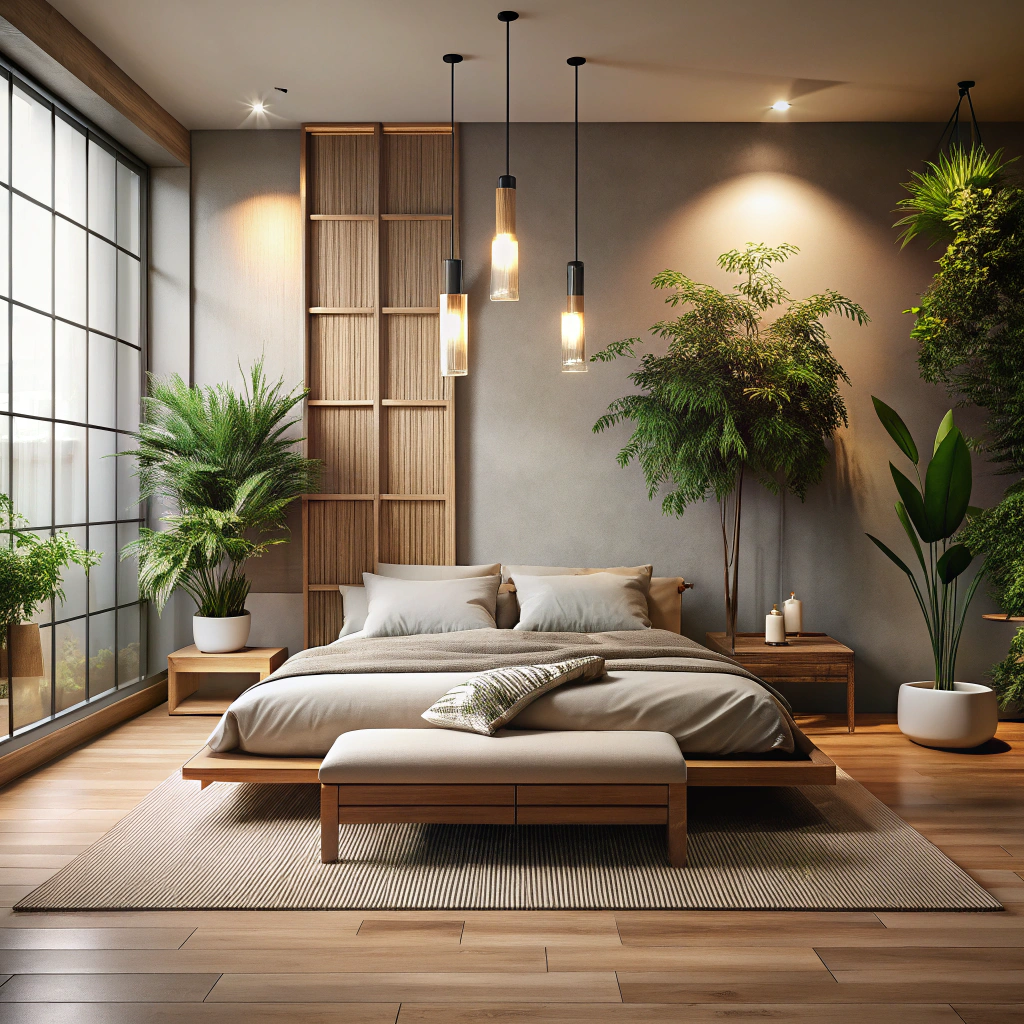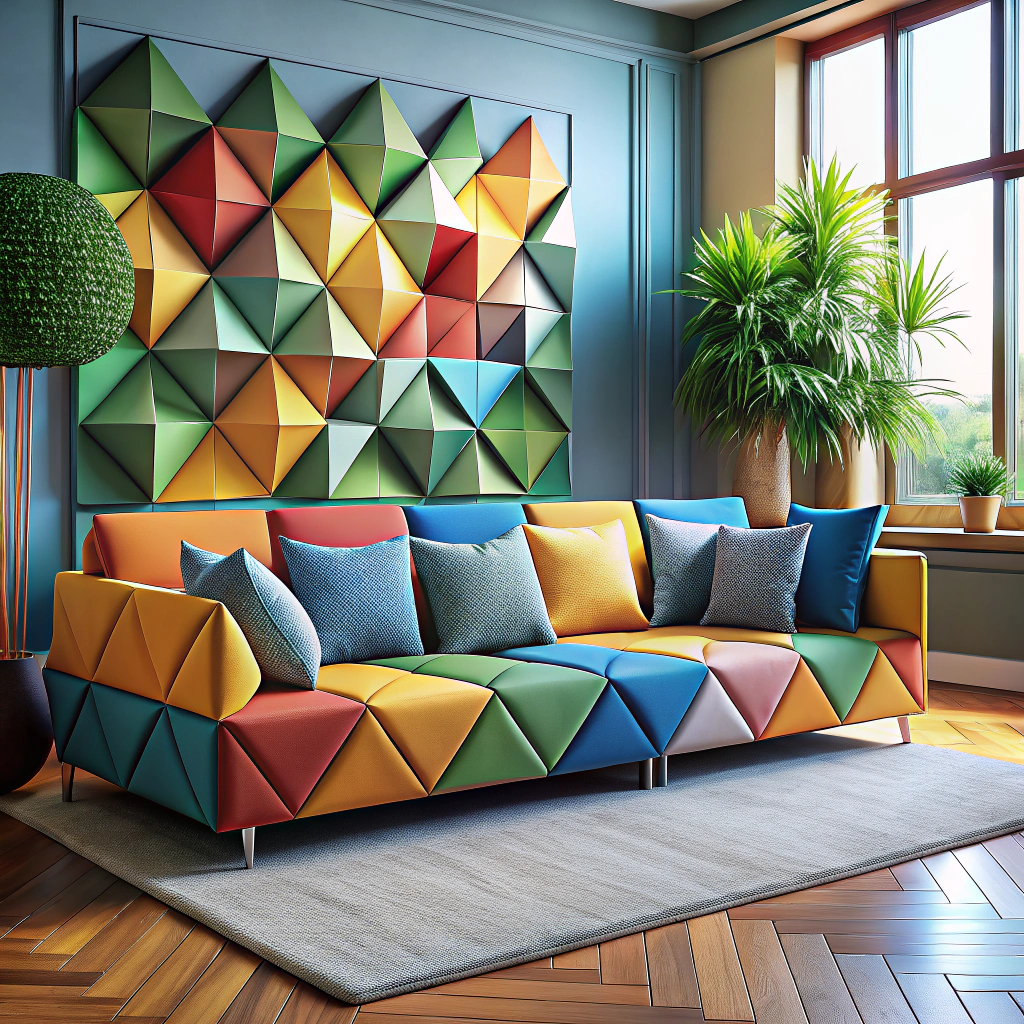Last updated on
Discover the art of floating furniture in a room as we guide you through simple steps. Create an inviting and visually appealing space for your home.
Are you tired of the same old furniture arrangement in your living space? Are you looking for a way to add some visual interest and flow to your room? Look no further than floating your furniture!
Floating furniture is a technique that involves arranging your pieces away from walls and creating a cozy, intimate seating area in the middle of the room. Not only does this add an unexpected design element, but it also allows for better traffic flow and conversation.
In this article, we’ll go over some tips and tricks on how to successfully float furniture in any room of your home. So grab a cup of coffee, put on some music, and let’s get started!
Key takeaways:
- Understand the basics of floating furniture
- Plan your room layout carefully
- Choose anchor pieces that complement the space
- Aim for balance and symmetry in your arrangement
- Create focal points and utilize space effectively
Table of Contents
Floating Furniture Basics

Before diving into the details of floating furniture, it’s important to understand the basics. Essentially, floating furniture means arranging your pieces away from walls and creating a central seating area in your room.
This technique works well for larger spaces where you want to create an intimate gathering spot or if you have an open floor plan that needs some definition.
When starting out with this design approach, consider what type of space you’re working with and how much furniture you have. You don’t want to overcrowd the room or make it feel too sparse either.
It’s all about finding balance.
Another key aspect is traffic flow – ensure there is enough space around each piece so people can move freely without feeling cramped or blocked off by bulky items.
Room Layout Planning

Take measurements of the space and sketch out a rough floor plan on paper or use an online tool. Consider the purpose of the room and how you want people to move through it.
When planning your layout, keep in mind that floating furniture works best in larger rooms with ample space for traffic flow around each piece. You’ll also want to consider any architectural features such as windows or doors that may affect placement.
Once you have a general idea of where things will go, try experimenting with different arrangements before settling on one final design. Don’t be afraid to play around with angles and asymmetry – sometimes unexpected layouts can create a more dynamic visual impact.
Anchor Pieces Selection

Anchor pieces are larger items that will serve as a focal point and help define the space. These can be anything from a sofa or sectional to an area rug or coffee table.
When selecting anchor pieces, consider their size and shape in relation to the room’s dimensions. A large sectional may work well in a spacious living room but could overwhelm a smaller den.
Similarly, an oversized coffee table may look out of place in a cozy seating area.
Another factor to consider when choosing anchor pieces is their style and color scheme. Your anchors should complement each other while also fitting with your overall decor theme.
Balance and Symmetry

These elements are crucial in creating a cohesive and visually appealing space. When arranging your furniture, make sure that the pieces are evenly distributed throughout the room.
This means that if you have a sofa on one side of the room, there should be an equal amount of seating on the other side.
Symmetry is also key when floating furniture in a room. It creates harmony and balance which can help make any space feel more inviting and comfortable for guests or family members alike.
To achieve symmetry with floating furniture, try placing identical chairs or tables across from each other or using matching lamps on either end of a sofa. You can also create visual interest by mixing different textures but keeping them balanced – for example pairing leather chairs with velvet pillows.
Creating Focal Points

A focal point can be anything from a piece of artwork or an accent wall to a statement piece of furniture. By creating one or more focal points, you give your room purpose and direction.
To create a strong visual impact with your chosen focal point, consider its placement within the space. For example, if you have an accent wall with bold wallpaper or paint color as your main focus, arrange seating around it so that everyone can appreciate its beauty.
Another way to add interest is by incorporating unique pieces such as vintage rugs or sculptural lighting fixtures into your design scheme. These elements will not only serve as conversation starters but also help tie together different areas of the room.
Remember that less is often more when it comes to creating focal points in floating furniture arrangements – too many competing elements can overwhelm rather than enhance the overall look and feel of your space.
Space Utilization Tips

You want to make sure that you’re using the available space in your room effectively and efficiently. One way to do this is by choosing multi-functional pieces of furniture such as a storage ottoman or a coffee table with built-in shelves.
Another tip for maximizing your space is by incorporating vertical elements into your design. This can be achieved through the use of tall bookshelves or floor lamps that draw the eye upward and create an illusion of height in the room.
Don’t forget about utilizing any awkward corners or nooks in your room! These areas can often be overlooked but can provide valuable extra seating or storage options when utilized properly.
Visual Flow Techniques

Visual flow refers to how our eyes move around a space and take in different elements. Here are some techniques for creating good visual flow:
- Use rugs: Rugs can help define seating areas and create a sense of cohesion within the space.
- Add lighting: Lighting can draw attention to certain areas or objects, so be sure to include multiple light sources throughout the room.
- Incorporate color: Using pops of color strategically throughout your space can help guide your eye from one area to another.
- Play with scale: Varying sizes and heights of furniture pieces add interest and depth while also helping direct movement through the room.
By incorporating these techniques into your design plan, you’ll be able to create an inviting atmosphere that flows seamlessly from one area of the room to another!




